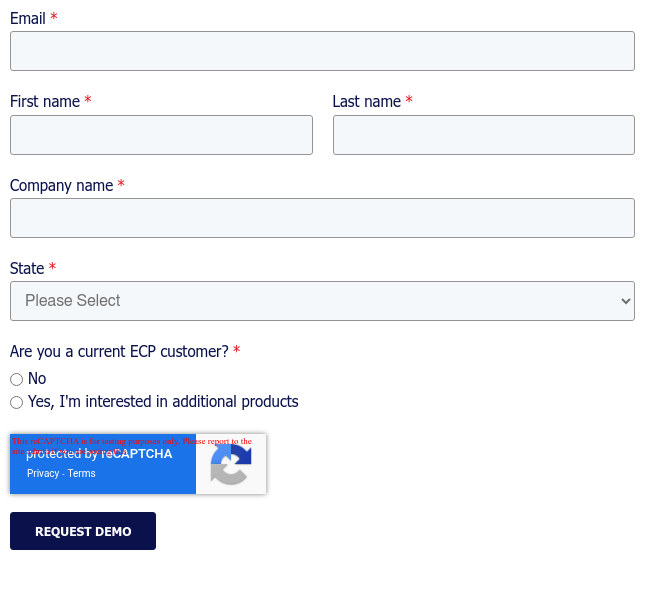Jan 16, 2024
Unpacking Alaska Section 7 AAC 75.300: Assisted Living Plans
Running an assisted living facility in Alaska means providing residents with exceptional care and respect for their individual needs. A crucial part of this equation is the Assisted Living Plan, outlined in the state's regulations section 7 AAC 75.300. This blog unpacks the key requirements of this regulation and its implications for assisted living operators, helping you ensure top-notch resident care while navigating the legal landscape.
What is an Assisted Living Plan?
Think of it as a personalized roadmap for each resident's well-being. Within 30 days of admission, your facility must collaborate with the resident, their family/representative, and any healthcare providers to create a plan that addresses:
- Activities of Daily Living (ADLs): From bathing and dressing to eating and toileting, your plan must detail how you'll assist residents with their daily needs.
- Health and Medical Needs: Any existing conditions, medications, and necessary medical services must be clearly outlined and coordinated with relevant healthcare professionals.
- Social and Recreational Activities: Fostering a fulfilling life includes ensuring access to enjoyable activities that cater to individual preferences and abilities.
- Cognitive and Behavioral Needs: The plan should address any specific needs related to cognitive decline or challenging behaviors.
- Emergency Procedures: Clear protocols for medical emergencies and other unforeseen situations are essential for resident safety.
- End-of-Life Care Preferences: Respecting residents' wishes regarding their final days is crucial, and the plan should reflect their chosen approach.
Why is Section 7 AAC 75.300 Important?
Compliance is non-negotiable, but beyond legal obligations, this regulation ensures resident-centered care. Individualized plans cater to each resident's unique situation, promoting their independence, dignity, and quality of life.
What Does This Mean for You as an Operator?
- Invest in Training: Your staff needs proper training on developing and implementing these plans.
- Utilize a Standardized Format: Consistency across plans ensures all necessary information is captured and easily accessible.
- Foster Collaboration: Actively involve residents, families, and healthcare providers in plan development and updates.
- Regularly Review and Update: Resident needs can change, so be prepared to adapt the plan accordingly.
- Maintain Accurate Records: Ensure meticulous documentation of each plan and its updates.
Bonus Tip: Consider using technology to manage your assisted living plans. Dedicated assisted living software, like ECP, can streamline the process, improve accuracy, and facilitate communication with all stakeholders.
By actively implementing the requirements of 7 AAC 75.300, you'll not only fulfill your regulatory requirements but also demonstrate your commitment to personalized, high-quality care for your residents. Remember, a well-crafted assisted living plan is a powerful tool for optimizing resident well-being and building trust with families. Now go forth and create plans that truly empower your residents to thrive!
Note - The information provided on this website does not, and is not intended to, constitute legal advice; instead, all information, content, and materials available on this site are for general informational purposes only. ECP makes no warranties as to the accuracy of this content and does not commit to updating it as regulations change. Readers of this website should contact their attorney to obtain advice with respect to any particular legal or compliance matter.

